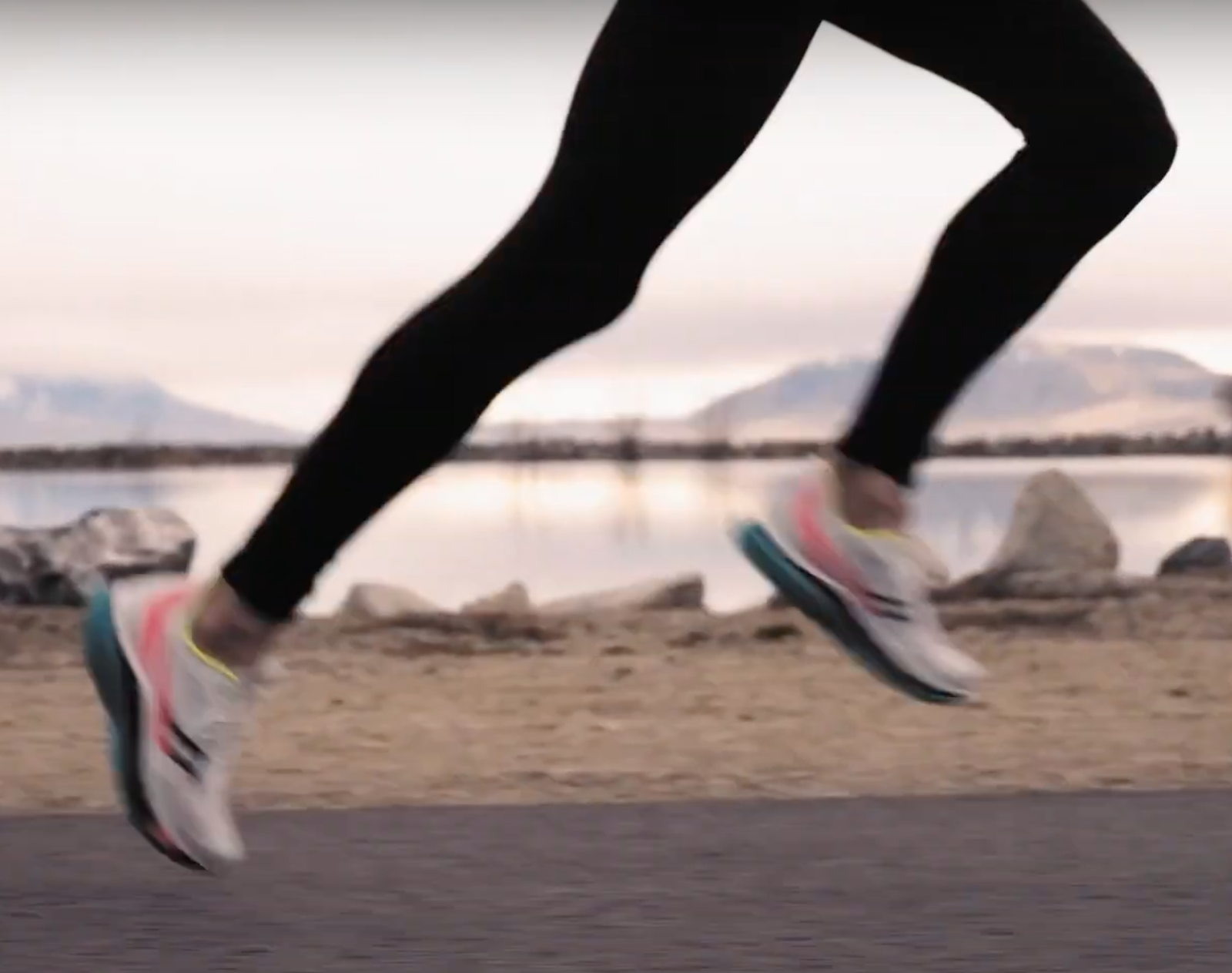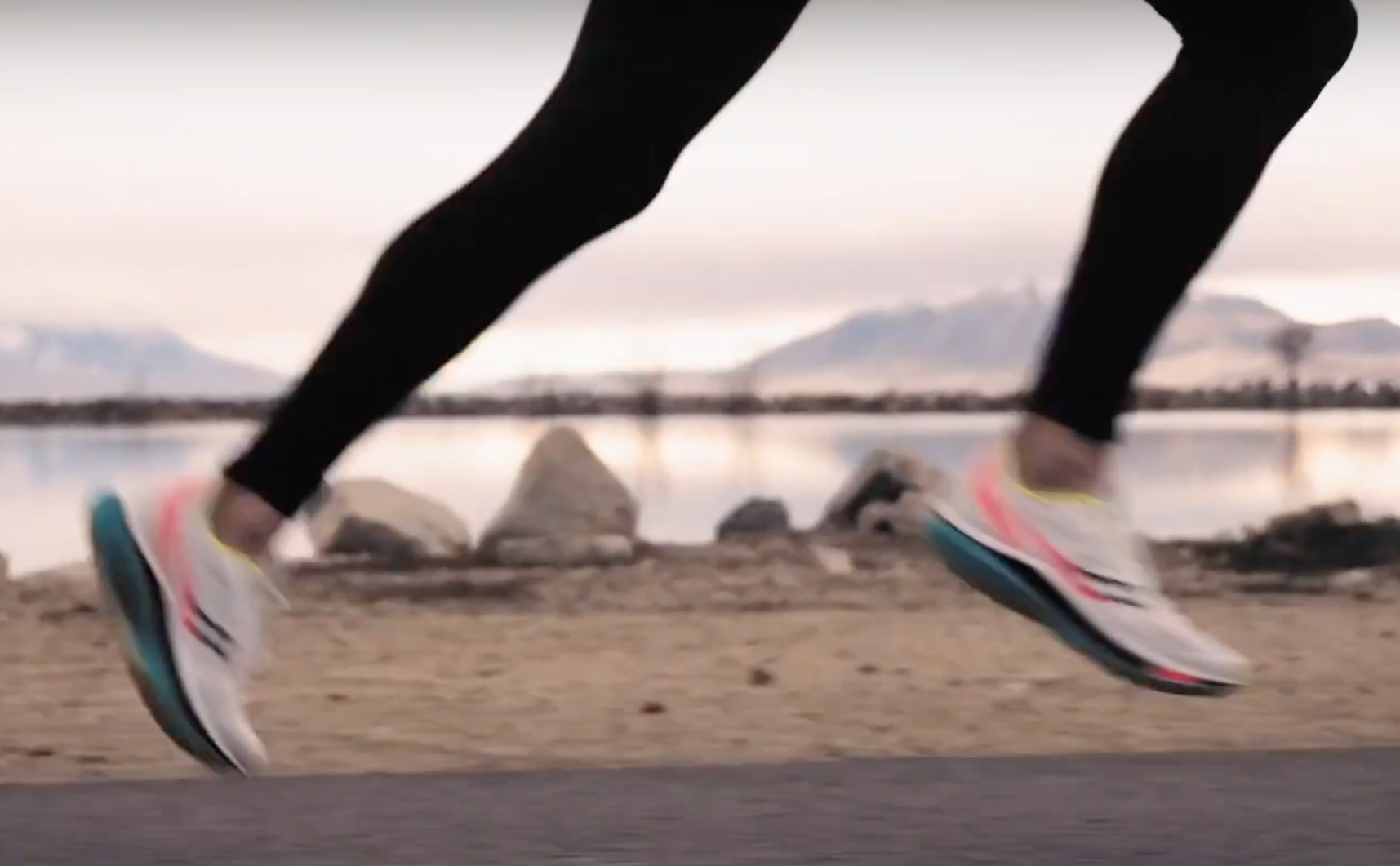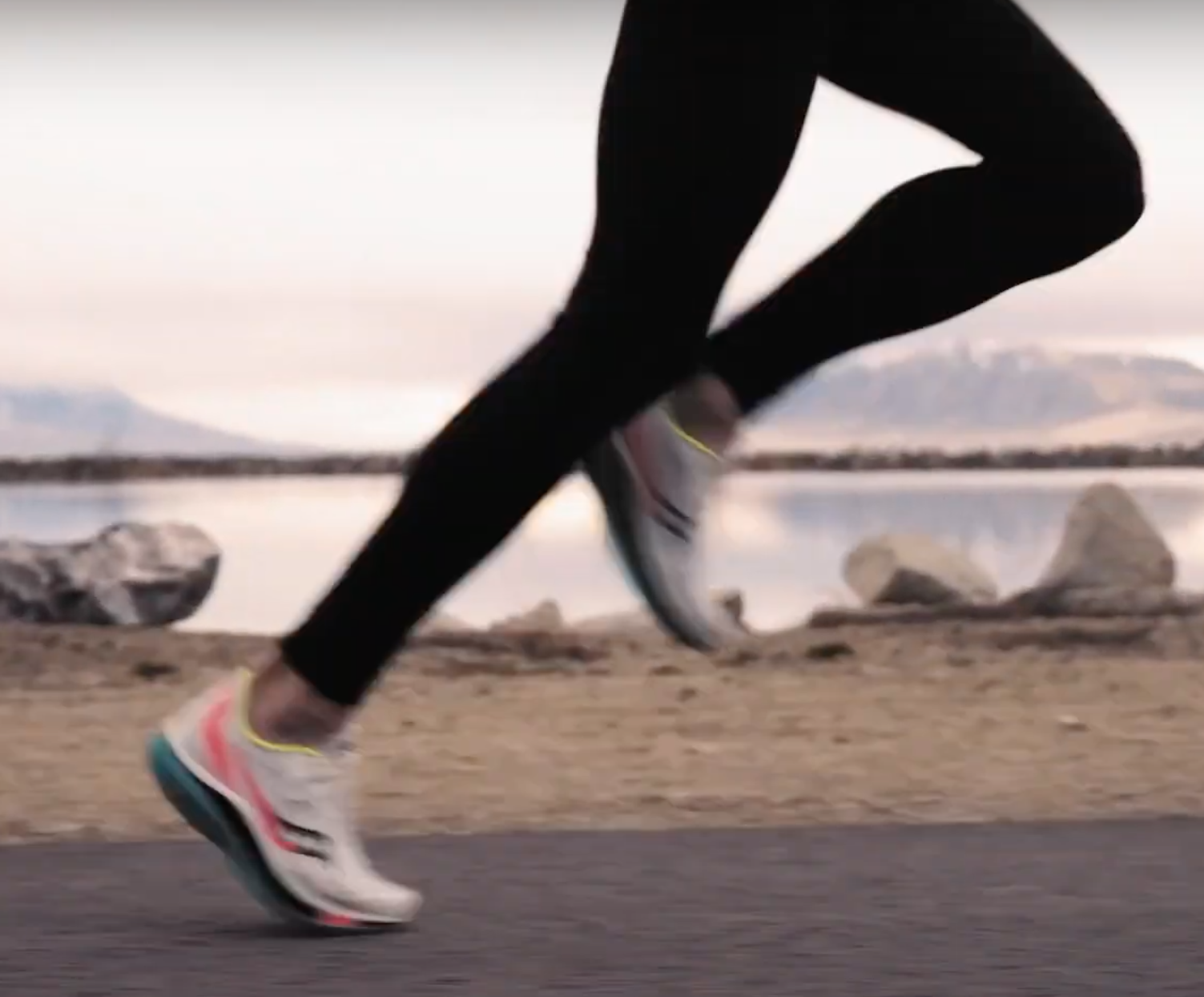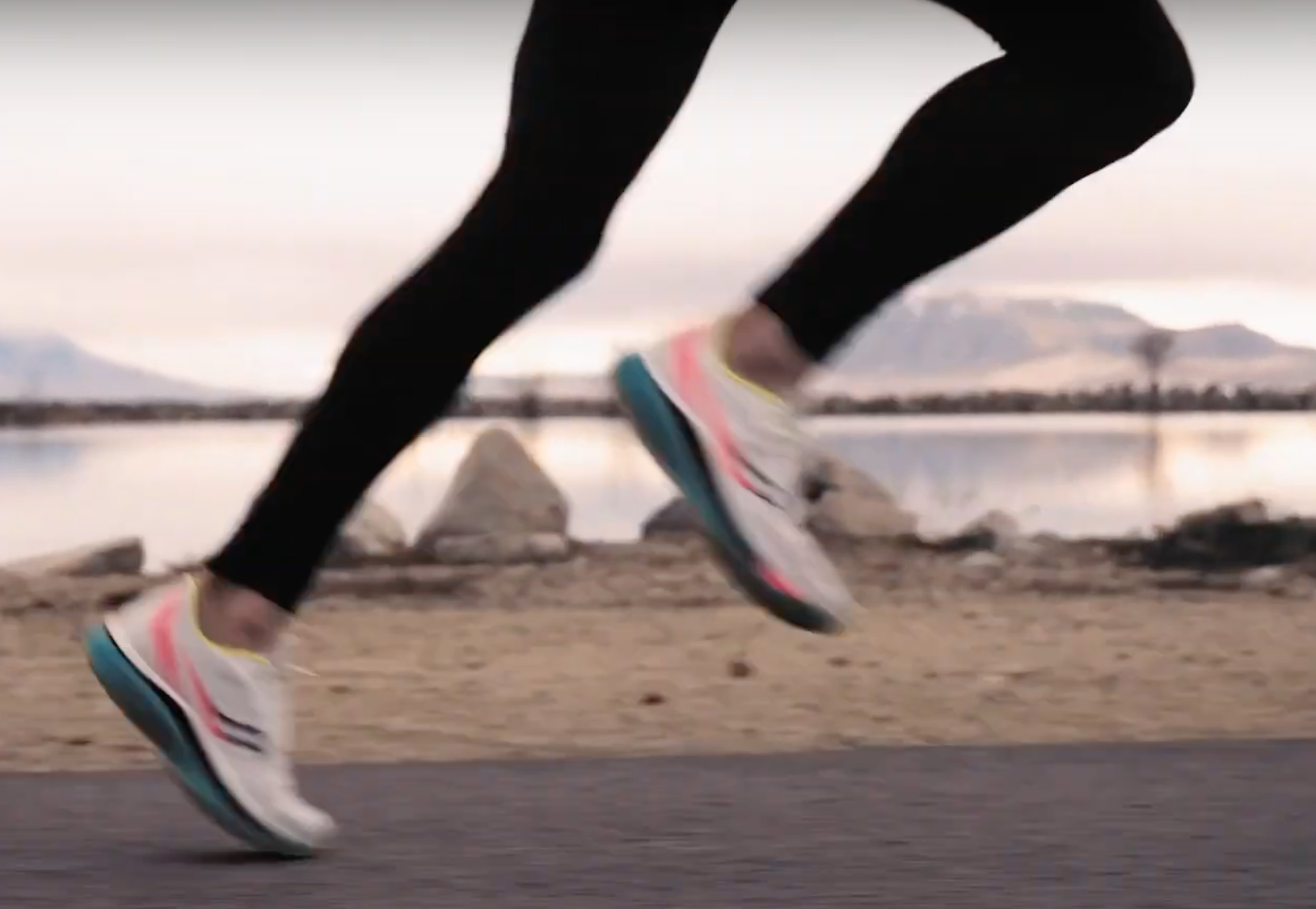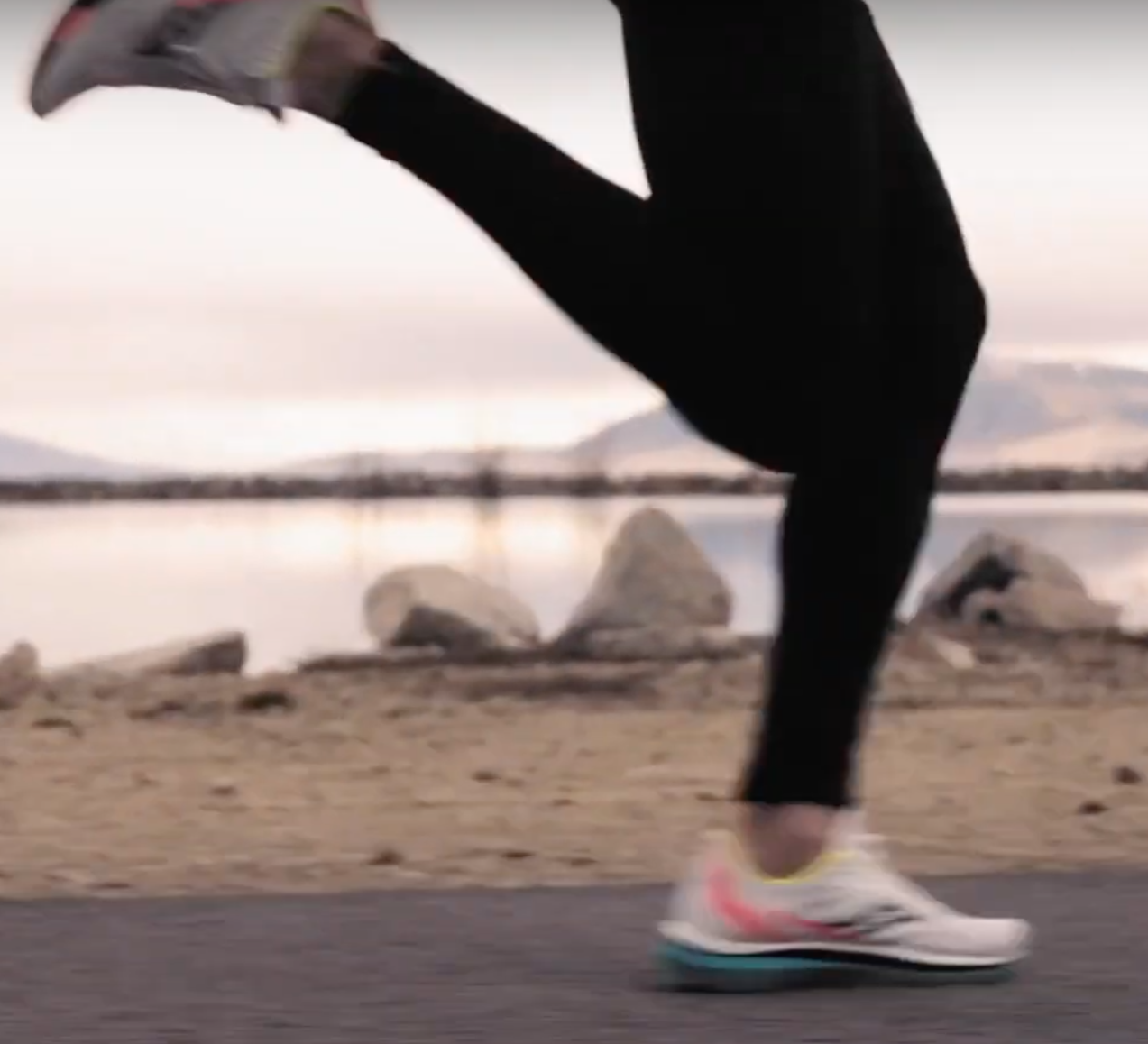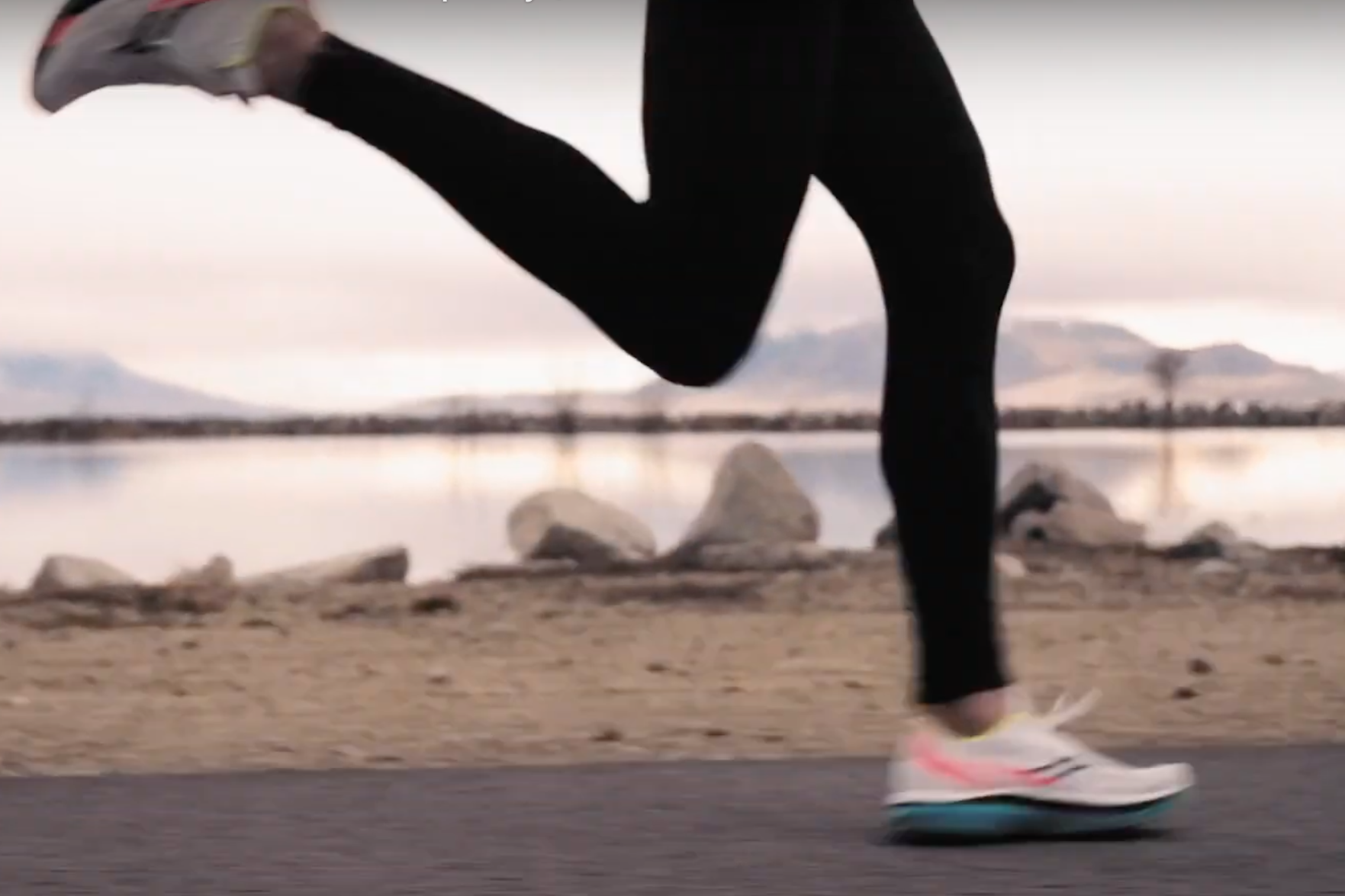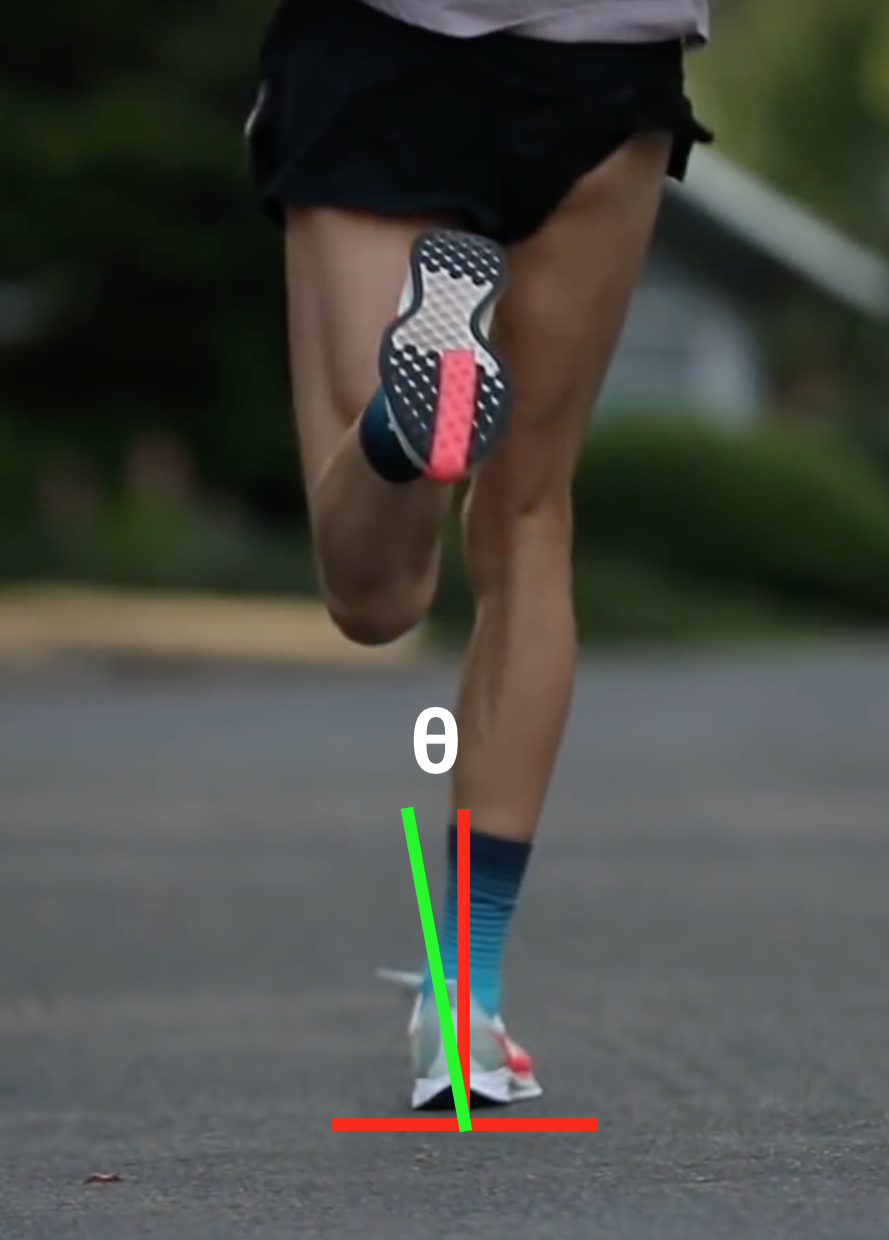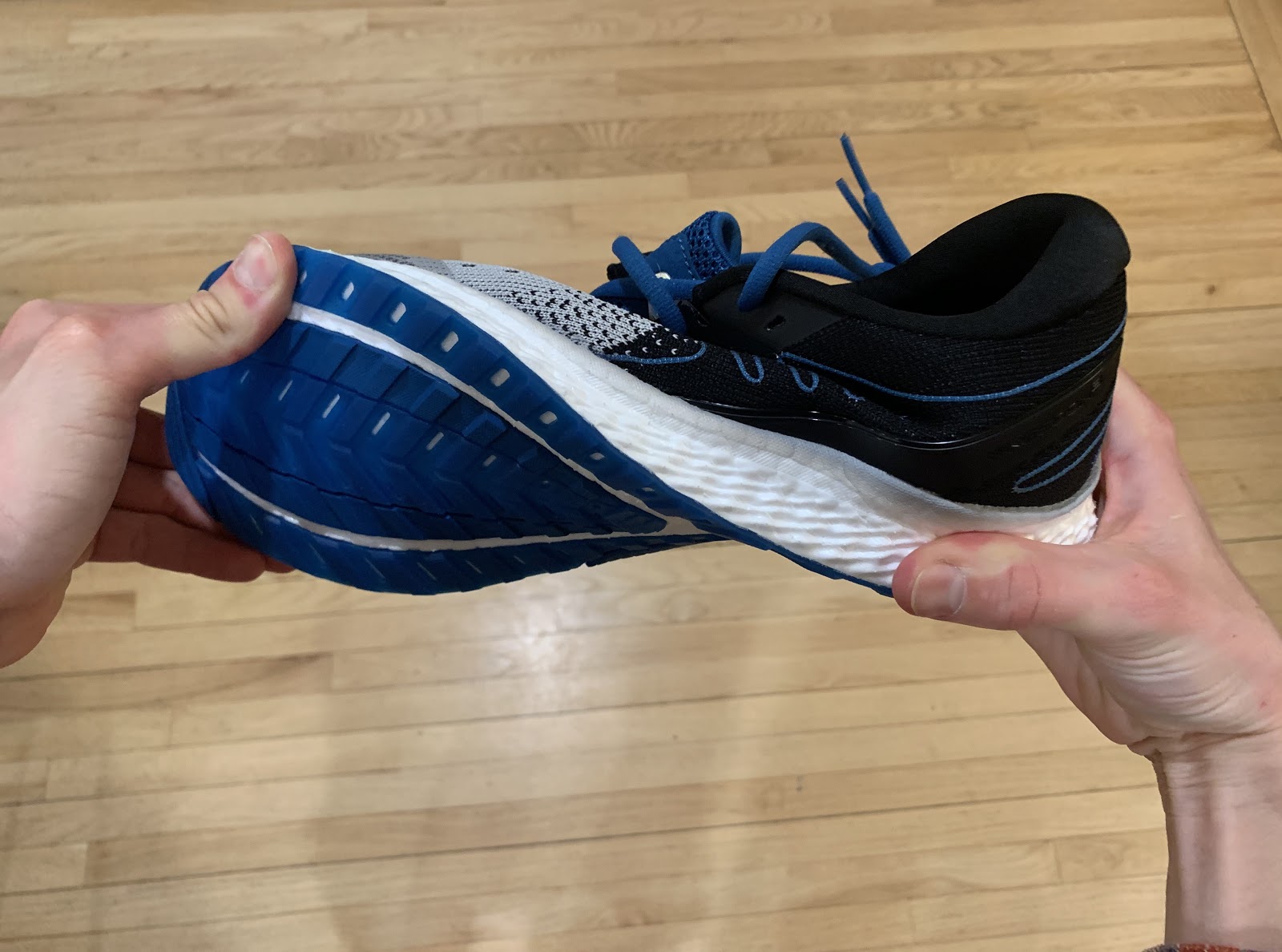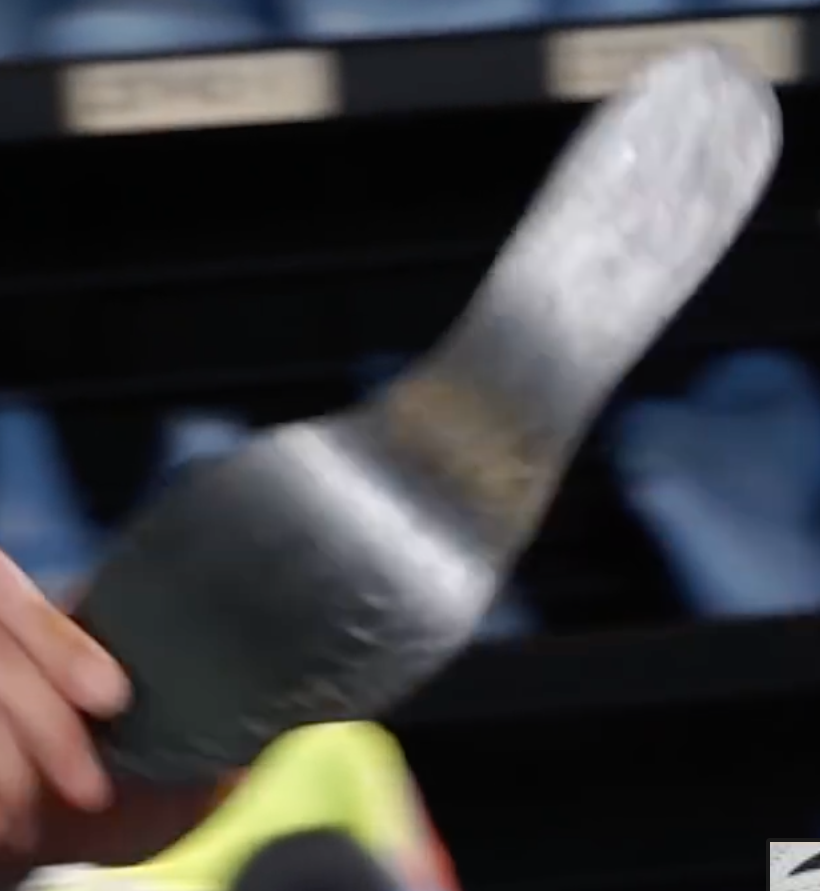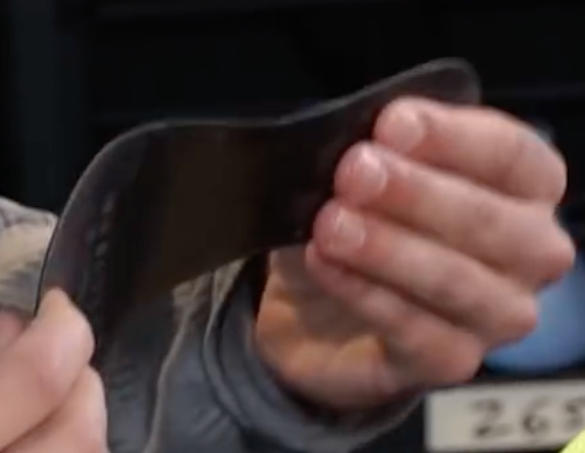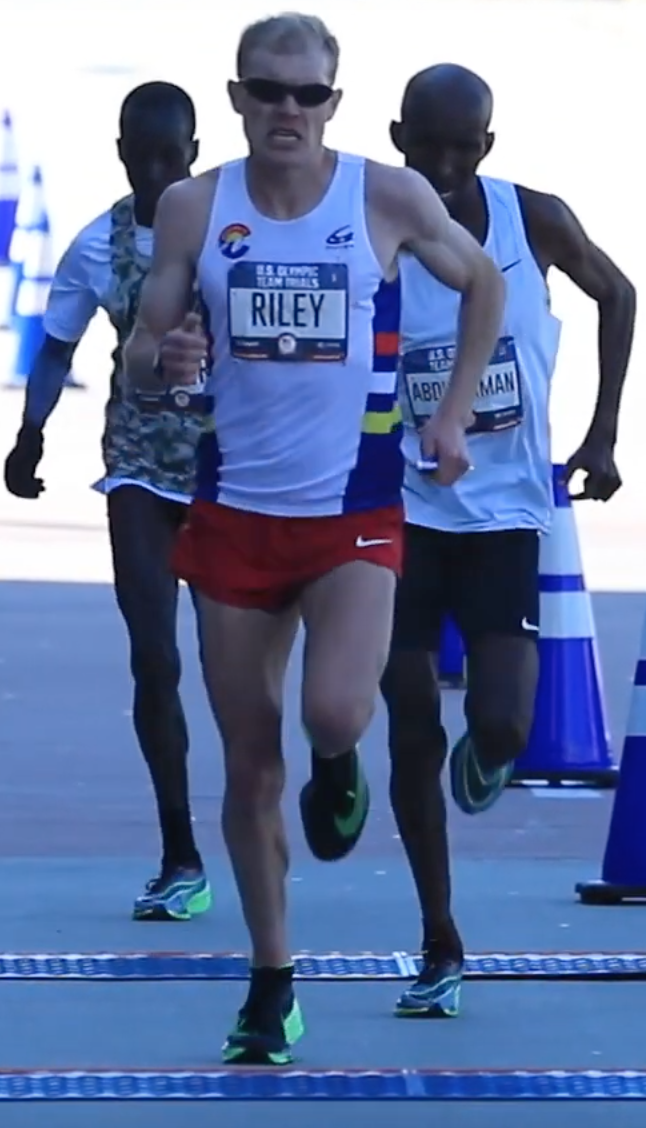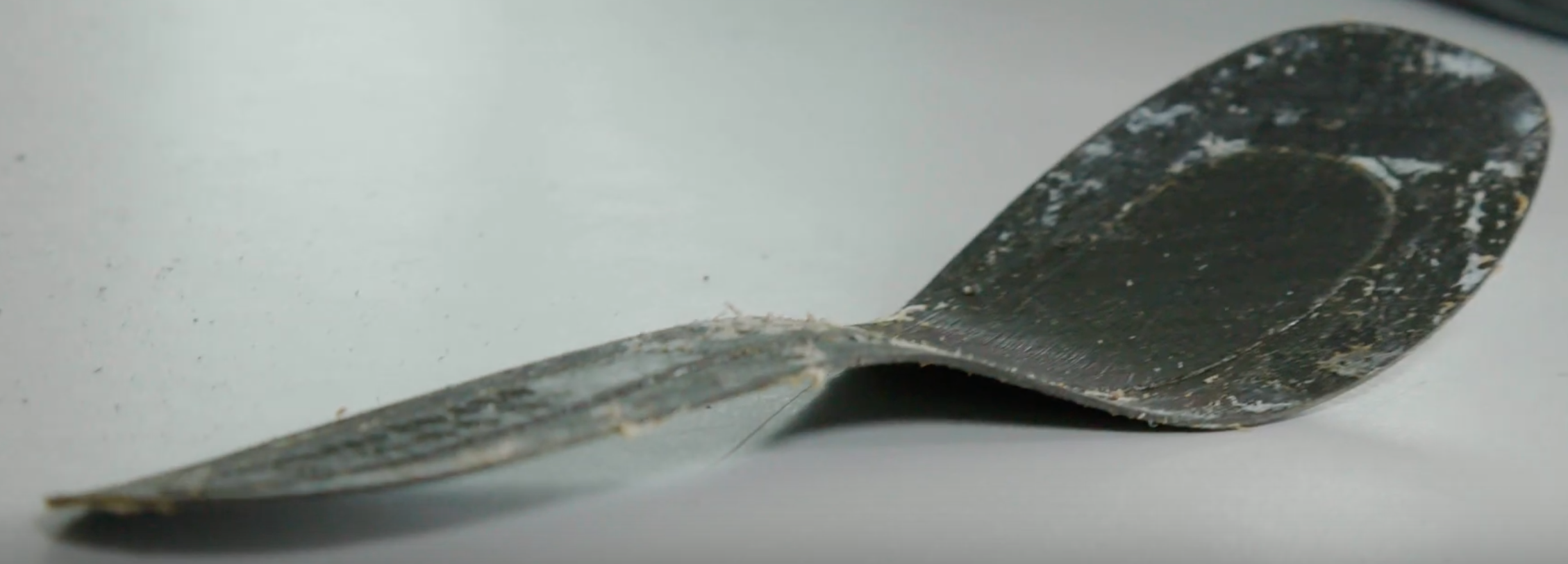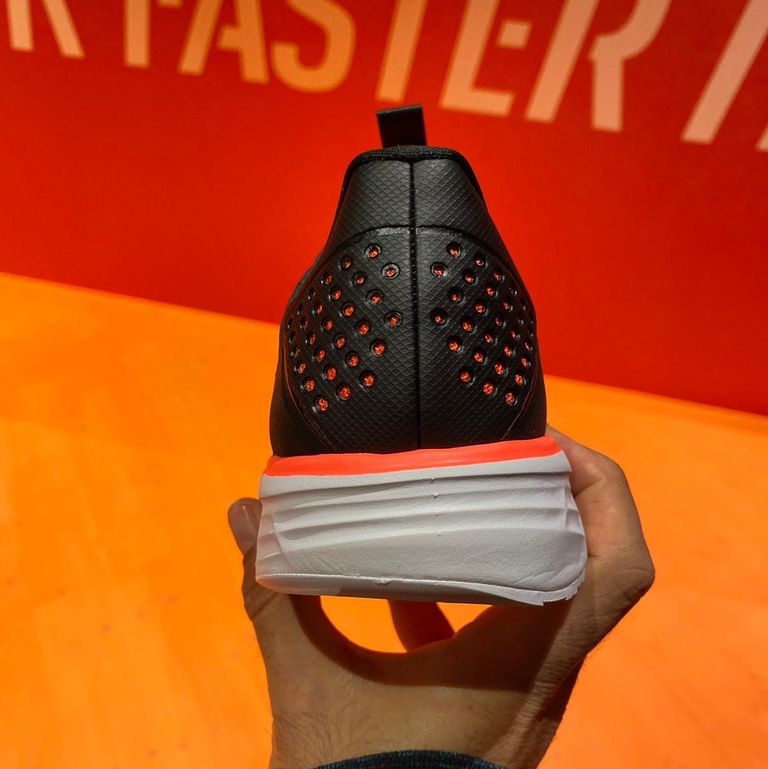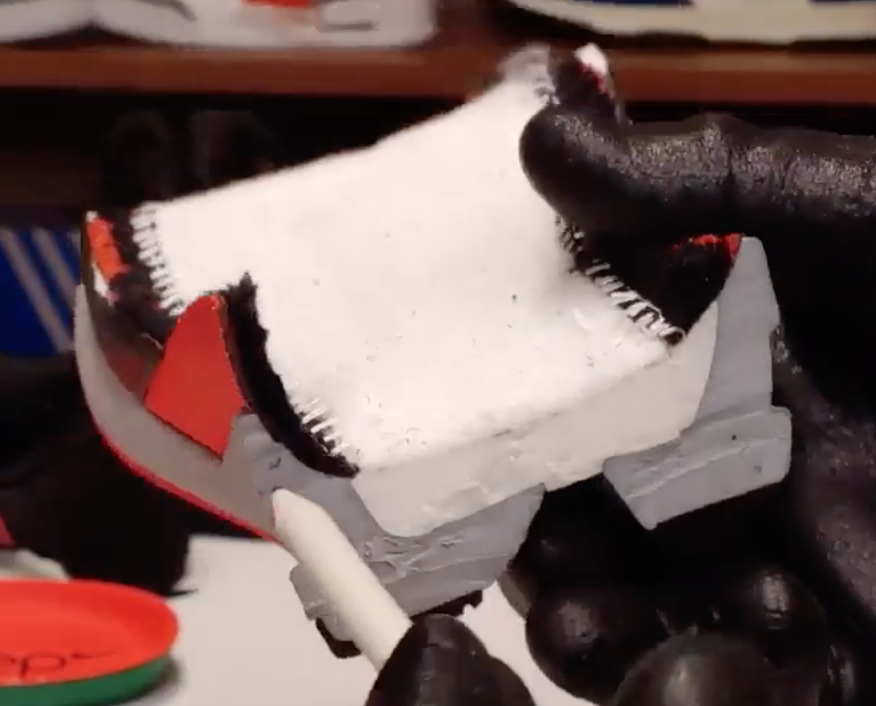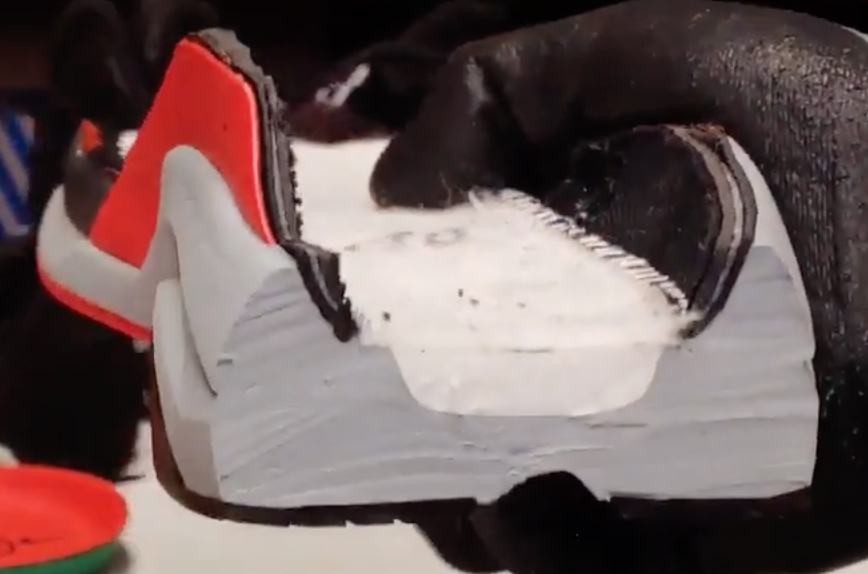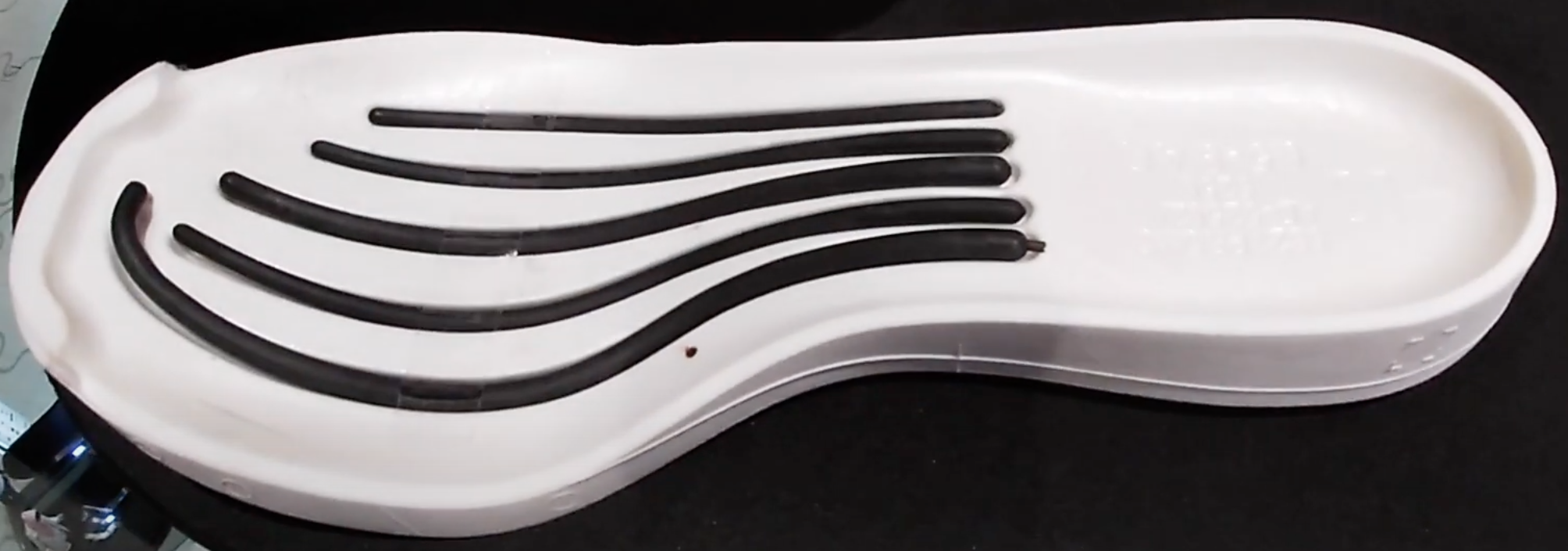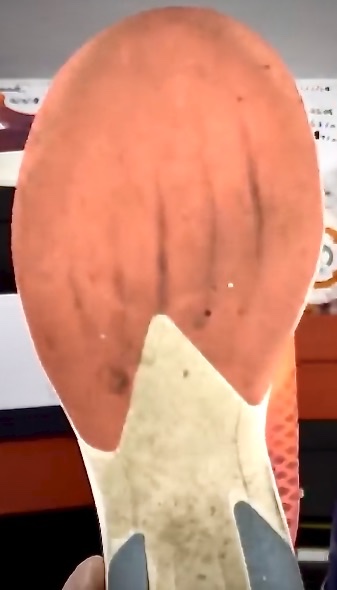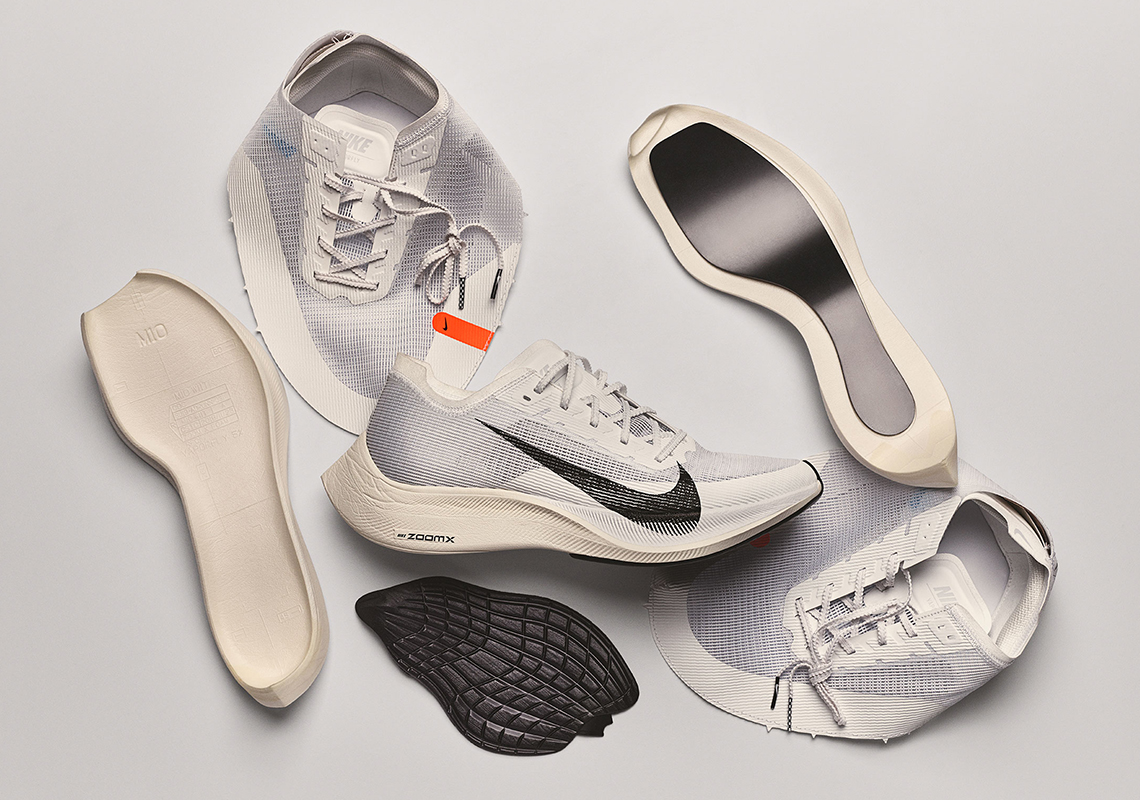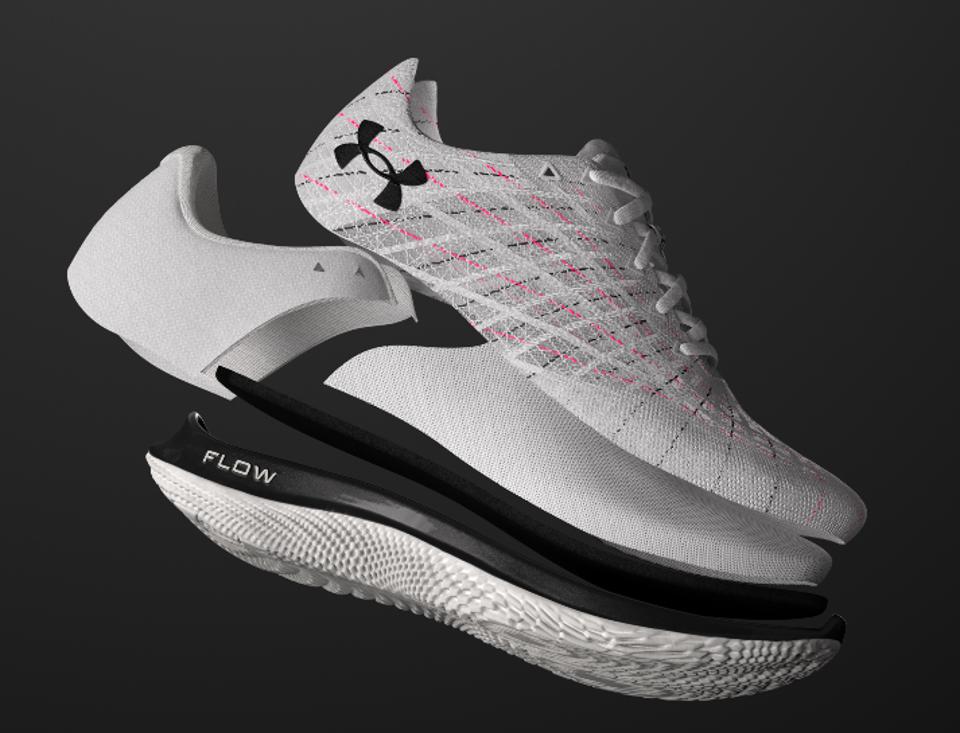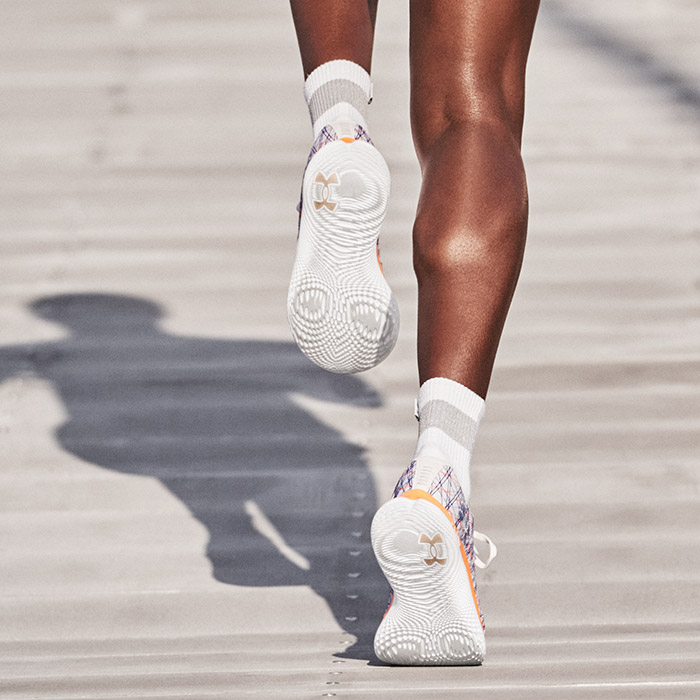- 425
- 245
- Joined
- Feb 28, 2018
I did notice all the flyknit ERs, Phantoms, and Rise's seemed to hug the toes and rubbed as the foot flexed. The new 3 layer mesh (Nike calls it "lofted" flyknit, though there is nothing "knit" about it) doesn't have this issue. I assumed they went to the extreme method of 6 seams in the upper to try and fix the rubbing issue with ERs. I actually like the sock like snugness of the ERs, but it can rub a foot raw. I agree the IR forefoot feels more comfortable, and less "rubby".I wish the entire Infinity was more of the “lofted flyknit” as it just seems to fit better than the Epics ever did over the foot.

